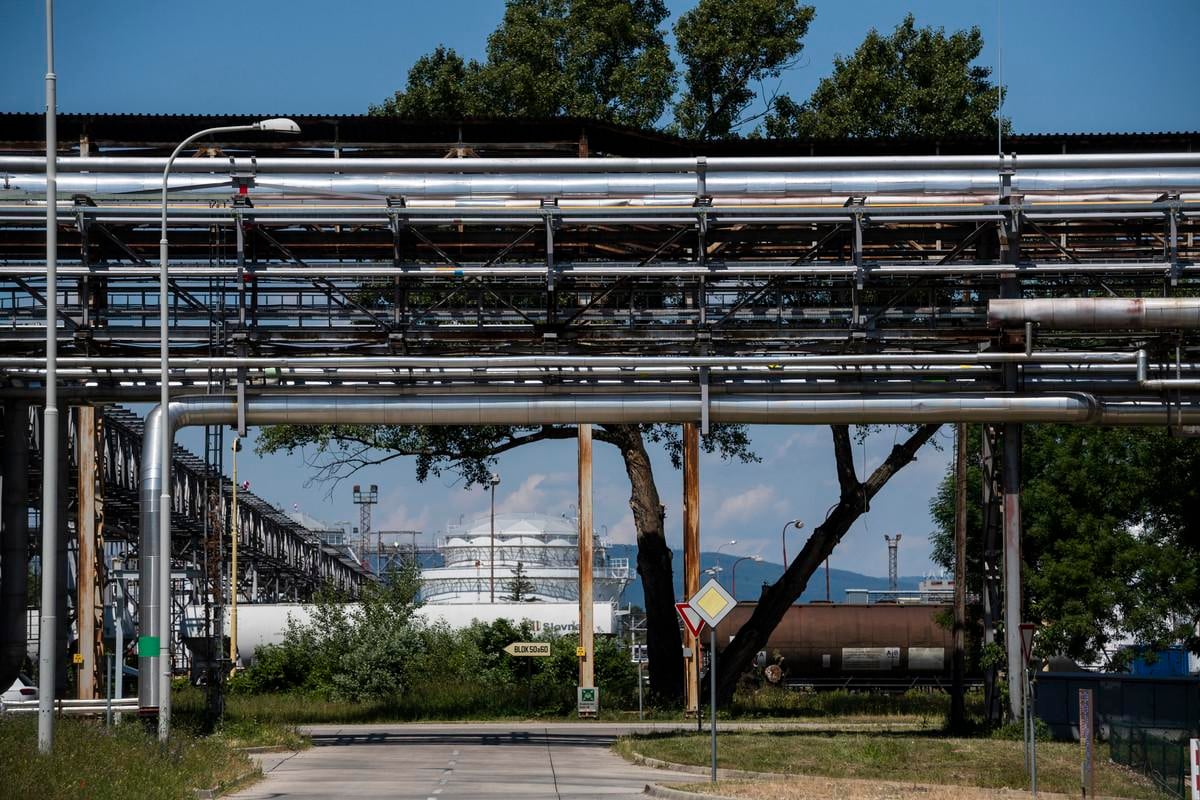Fitch Ratings has reaffirmed Slovakia’s long-term credit rating at A– with a stable outlook, signalling continued international confidence in the country’s ability to service its debts. However, the agency also warns of growing fiscal pressures and economic vulnerabilities, particularly in the context of global uncertainty.
Slovakia, a eurozone country of 5.4 million people, has seen its public spending surge in recent years. In 2024, the government deficit reached 5.3 percent of GDP – driven by higher wages in the public sector, pensions, healthcare, family support and military expenditure. While this was below both Fitch’s and the government’s earlier forecasts, it remains one of the highest deficits among similarly rated countries.
In response, the government has launched a four-year fiscal consolidation plan aimed at bringing the deficit below 3 percent by 2028. Measures introduced so far include raising VAT from 20 to 23 percent, introducing a financial transaction tax, increasing corporate taxes on large firms, halting automatic public sector wage increases and overhauling welfare programmes. Further spending cuts and tax increases are expected in 2026 and 2027.

Despite these steps, Fitch projects that government debt will continue to rise – from 59.3 percent of GDP in 2024 to over 64 percent by 2028 – above the average for A-rated countries. Rising debt reduces the government’s flexibility to respond to future economic shocks, and interest payments are forecast to reach 4 percent of revenues by 2026.
The Slovak economy is heavily reliant on the automotive sector, which accounts for around 40 percent of its exports and 10 percent of GDP. This leaves the country particularly exposed to global trade tensions, especially with the United States. The central bank warns that extended US tariffs on European goods could reduce Slovakia’s GDP by up to 3 percentage points and result in the loss of 20,000 jobs.
Other structural challenges include low productivity, an ageing population and continued reliance on Russian energy supplies, which could present further risks to energy security.

Economic growth is projected to slow to 1.7 percent in both 2025 and 2026, below the average for A-rated peers. Fitch expects growth to be supported by household consumption, public investment and new automotive projects, as well as increased absorption of EU recovery funds.
Inflation fell to 2.5 percent in mid-2024 but rose again to 4.2 percent in early 2025, largely due to the VAT increase. Fitch forecasts average inflation at 4.3 percent in 2025, easing to 3.6 percent in 2026 – still above the A-category median.
Meanwhile, Slovakia’s current account deficit widened to 2.7 percent of GDP in 2024 and is expected to grow further due to weak demand in key export markets and falling automotive and machinery exports. The country’s net external debt is among the highest in its rating category.

Nonetheless, Fitch noted Slovakia’s continued strengths: stable institutions, eurozone membership, consistent access to EU funds and a strong governance record. The country ranks in the 67th percentile of the World Bank’s Governance Indicators, reflecting a tradition of peaceful political transitions and respect for the rule of law.
Fitch said the rating could be upgraded if the government successfully curbs debt and boosts long-term growth through economic diversification and higher productivity. However, failure to reduce deficits or a deterioration in governance could lead to a downgrade.



 Slovnaft oil refinery in Bratislava (source: TASR - Jaroslav Novák)
Slovnaft oil refinery in Bratislava (source: TASR - Jaroslav Novák)